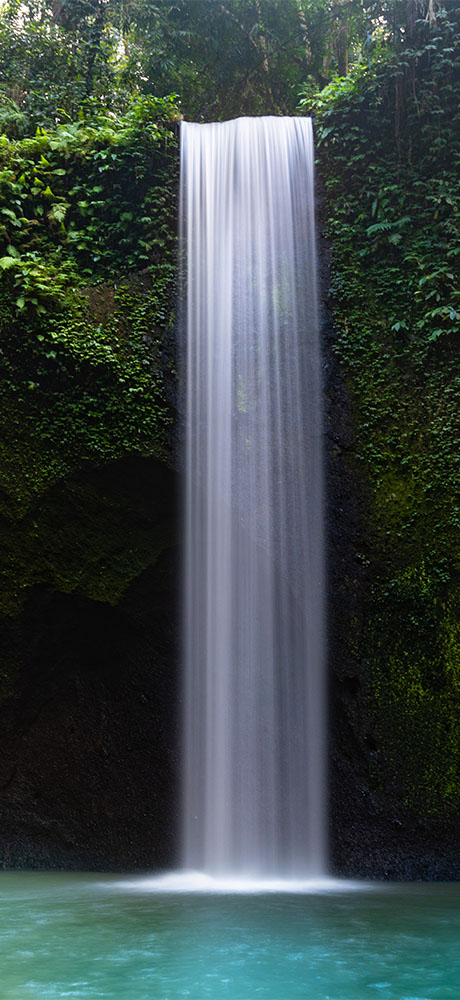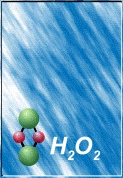Hydrogen Peroxide
What is it?
Hydrogen peroxide is a clear, colourless, slightly viscous liquid, miscible with water in any proportion. Hydrogen peroxide can occur naturally in the environment, it is formed through the action of sunlight on water. Hydrogen peroxide is also a metabolite of many organisms.
Why use hydrogen peroxide for water oxygenation?
Hydrogen peroxide, by nature of its instability is widely recognised as an essential element in raising low dissolved oxygen levels.
It is this reaction that makes it so useful as a water oxygenation tool.
2H2O2 > 2 H2O + O2
At 35% concentration, the normal concentration used for oxygenation, a 30kg drum of hydrogen peroxide contains 4.938kg of oxygen. In gaseous terms this is 3900 litres (at O°C & 760 mm Hg).
This means that one 30kg drum of 35% hydrogen peroxide can theoretically raise the DO level in 2.275 million litres of water from 60% to 80%. This equates to a body of water of approximately 40m x 14m x 4m . Using the oxyjet 50 system this is possible in around 10 minutes. Variables such as the amount of organic matter present, pH and water temperature will all affect the figures quoted above.
In addition to its oxygenation qualities hydrogen peroxide can remove BOD/COD, inhibit or promote microbial growth, oxidise pollutants, reduce toxicity and control odours.

